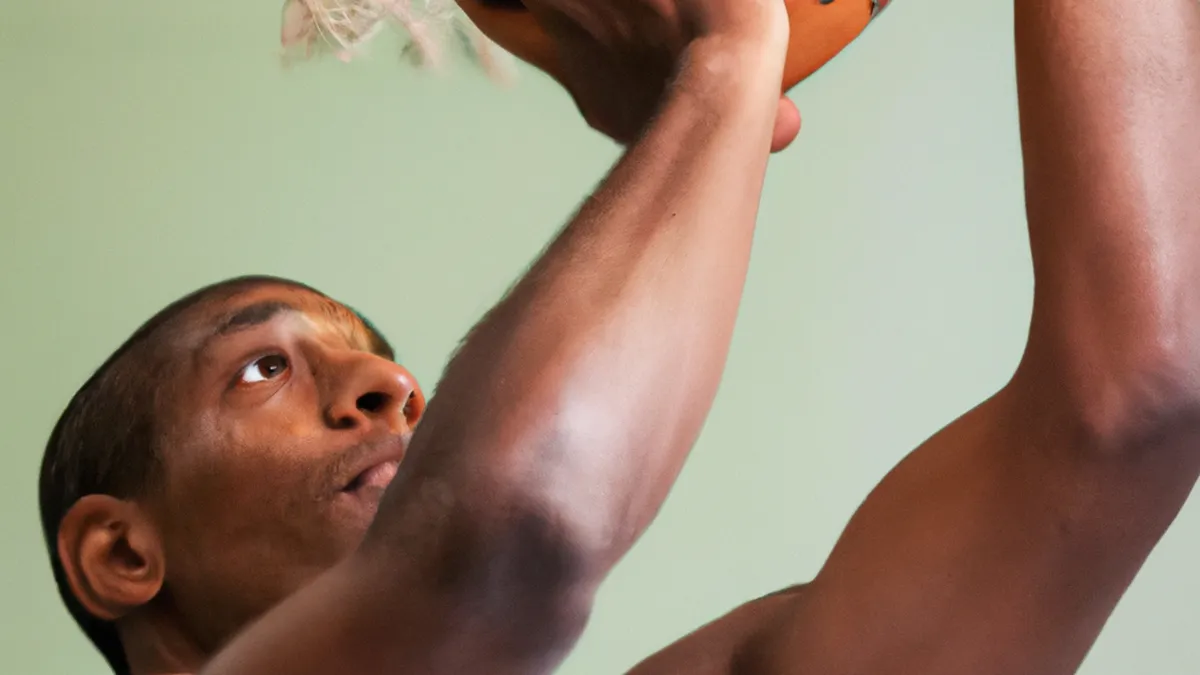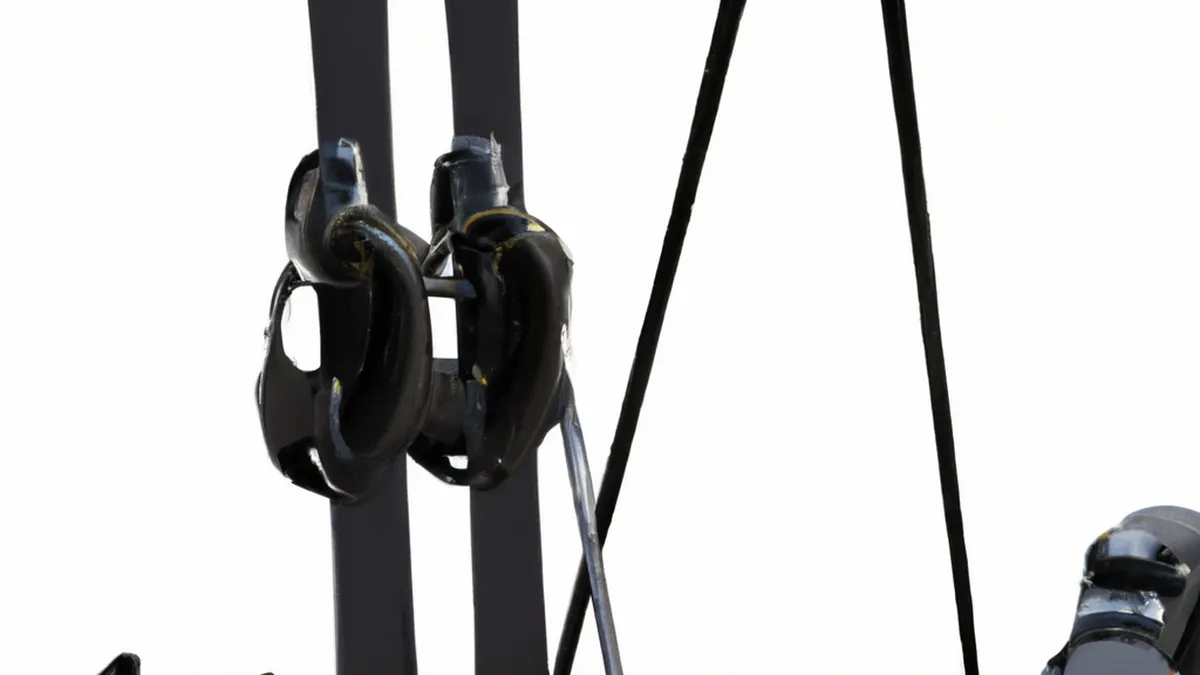Balance Spacing for Effective Player Growth
How to Use Spacing to Support Player Development Programs
Player development programs nurture athletes’ skills, enhance performance, and promote teamwork. Effective training requires the right approach. Spacing significantly improves learning and retention. This article explores how to use spacing in player development programs, its scientific basis, and practical strategies.
Gear tip: consider running shoes, gps watch and hydration vest to support this workout.
Understanding Spacing
Spacing distributes practice sessions over time instead of cramming training into short periods. For example, spread practices over several weeks instead of multiple sessions in one week. This method helps players absorb information and integrate learned skills. Research indicates spaced learning leads to better retention rates. Players remember skills and strategies longer, aiding their development.
The Science Behind Spacing
Cognitive psychology studies highlight spacing’s benefits. Spaced learning gives the brain time to consolidate information, reducing cognitive overload. This aspect is crucial in sports, where mental fatigue affects performance. Spaced learning encourages retrieval practice, allowing players to recall information actively. This process strengthens neural connections and enhances memory retention.
The “spacing effect” shows that spaced information is more easily recalled. This finding contradicts cramming, which often leads to quick forgetting. Coaches can help players retain skills longer and apply them effectively during games by utilizing spaced learning.
How to Implement Spacing in Training
To apply spacing effectively, plan your sessions. Here are actionable tips to integrate this concept into your programs:
1. **Create a Schedule**: Design a training calendar with spaced sessions. Avoid consecutive practices focused on the same skill. Allow at least 24 to 48 hours between similar sessions. This rest period helps players recover and mentally process their learning.
2. **Vary Skills and Drills**: Mix different skills within your sessions. Alternate between dribbling, passing, and shooting drills. This variation keeps players engaged and promotes a comprehensive understanding of the game. Introduce several skills in one session, then revisit them in upcoming practices.
3. **Use Review Sessions**: Incorporate review sessions into your training schedule. These sessions reinforce previously learned skills and connect new information with prior knowledge. Revisit a skill after a few days or weeks. This approach strengthens memory retention and builds upon foundational skills.
4. **Encourage Self-Directed Learning**: Motivate players to practice independently outside team sessions. Provide specific drills for individual practice. This self-directed learning reinforces skills and promotes development.
Conclusion
Spacing enhances player development programs by improving retention and skill application. Coaches should implement these strategies for effective training.
Below are related products based on this post:
FAQ
What is spacing in the context of player development programs?
Spacing refers to the practice of distributing training sessions over time rather than cramming them into short periods. This approach allows players to absorb information more effectively and integrate learned skills, leading to better retention and application during games.
How does spacing improve learning and retention in athletes?
Spacing improves learning and retention by giving the brain time to consolidate information, which helps reduce cognitive overload. This method encourages retrieval practice, allowing athletes to recall information actively, thereby strengthening memory and enhancing their ability to apply skills in competitive situations.
What are some practical strategies for implementing spacing in training?
To implement spacing in training, coaches can create a schedule with spaced sessions, vary skills and drills within practices, incorporate review sessions to reinforce previously learned skills, and encourage self-directed learning by motivating players to practice independently outside of team sessions.















Post Comment